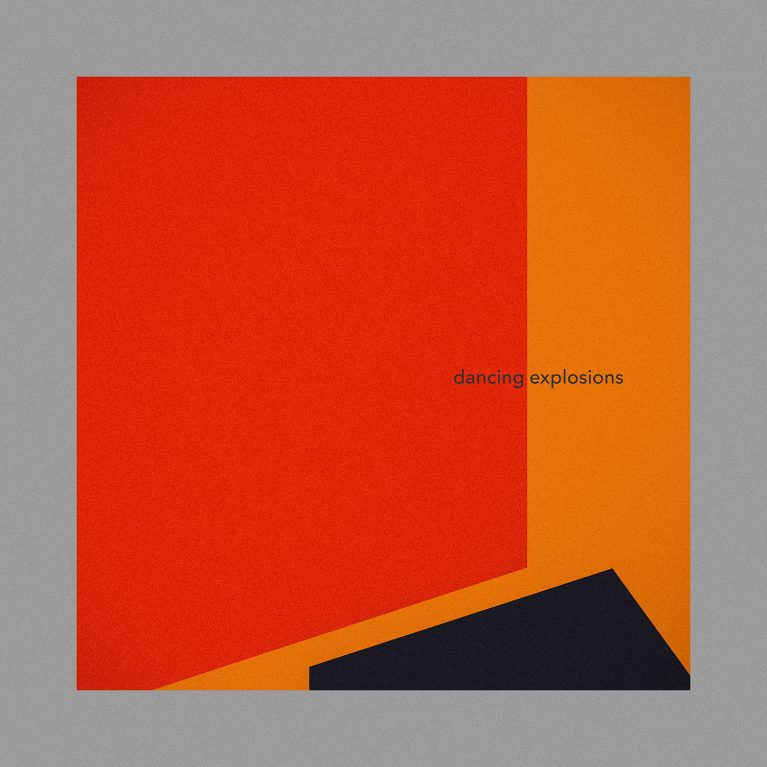Liverpool post-rock trio lawoftheland reveal very little about themselves. Rather than boasting an extensive bio, lawoftheland prefer to let their music do the talking.
The beauty of post-rock and associated instrumental genres is that often the music can lend itself to many possible interpretations. Whether the song is written with a set theme or not, the listener can appropriate the song to provide a cinematic backdrop to anything they choose to think of.
And it would appear that lawoftheland agree with this sentiment, because they disclose no story about themselves or their music. Their eponymous first EP featured one song that sampled a track from Prince EA regarding climate change, so that song is the exception, but the band state that they want their music to remain open to interpretation, hence the mystery about their background.
A nice ideal sure, but how seriously can we take a band who isn’t even prepared to promote themselves?
Well, I must say that they are worth taking seriously. They have seven tracks committed to record: four from their eponymous EP released earlier this year, this single, “Dancing Explosions”, and the two b-sides released alongside it. And all seven songs are great.

I receive a lot of music submissions for review, much more than I can realistically sort through, so I tend to be very harsh with my first impressions when I select which releases I want to cover. Dancing Explosions took my fancy immediately, as I skipped through the track to see if I thought it worthwhile. Upon closer listening, (along with the previous EP) I discovered just how worthwhile this music is.
lawoftheland songs are constantly building. They seem to go through a process of taking the typical 7+ minute post-rock song and cropping it to showcase only most exciting parts. This trimming of the excess makes the songs leaner, with more to pay attention to. And the subtle details are rewarding once you notice them.
Close listening to “Dancing Explosions” will reveal different movements within the track which expose lovely new elements, such as the thudding tribal drumming on the toms for the middle third, and the stunning bass tone that really stands out during the outro.
“Second Nature” and “Departure One” are listed as b-sides, with “Dancing Explosions” being the single. I don’t see how anything it changes anything classifying the release as a single with bonus tracks, rather than an EP. Maybe there are plans to release a 7 inch?
Adding touches of ambient chatter throughout Dancing Explosions could serve to either create an enticing new texture, or fall further into the background. But regardless of how you perceive it, I don’t think it will detract from the listening experience.
So interpret the music how you will. Attach it to a fantastical daydream and let yourself get swept away absently by the swirling guitar, rollicking bass and charging drums. Or pay more attention to uncover hidden layers of twanging strings, bowing chords and a drums that eb and flow.
Either way, give lawoftheland a shot, and like me, you may find yourself very pleased that you did.
Joseph James
lawoftheland links:
- Facebook
- Bandcamp
- SoundCloud
- YouTube







